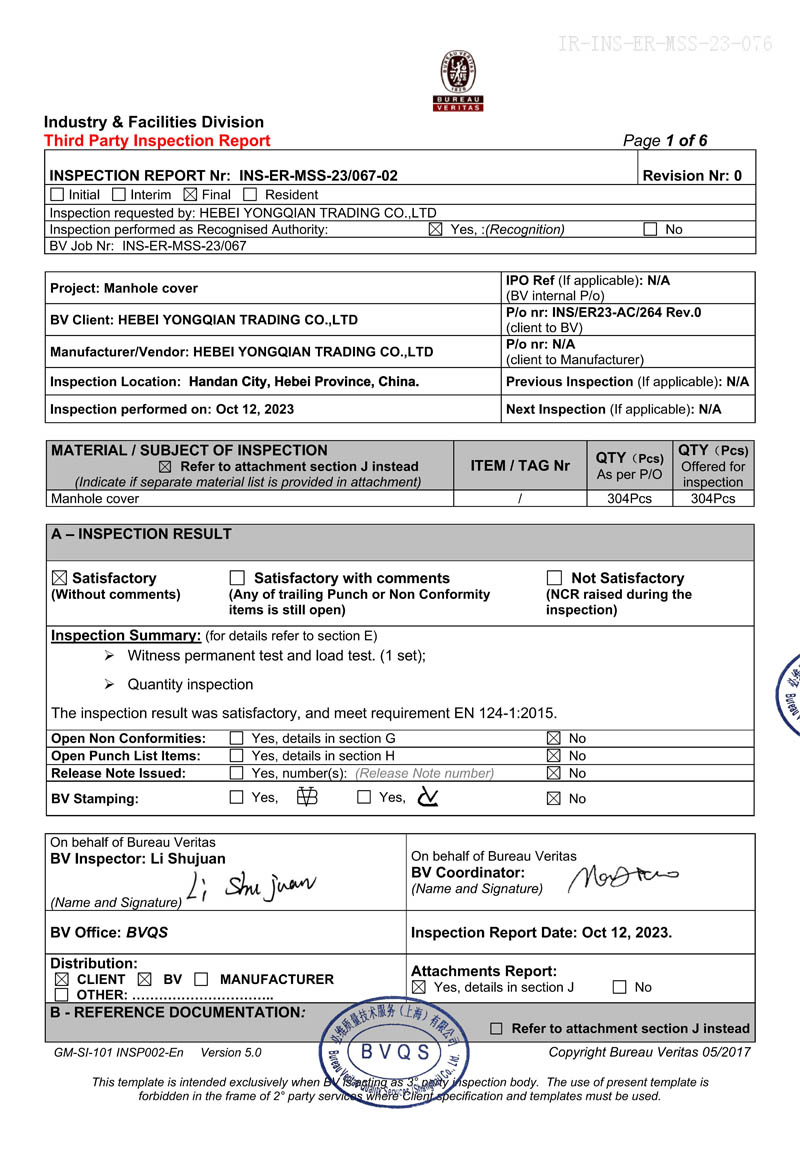shower drainage channel
Understanding Shower Drainage Channels Importance, Design, and Maintenance
When it comes to bathroom design, the shower area holds a significant position. An essential element of this area is the shower drainage channel, which plays a vital role in ensuring effective water management and preventing water damage. This article will delve into the significance, design, and maintenance of shower drainage channels.
Importance of Shower Drainage Channels
Shower drainage channels are pivotal in maintaining a clean and safe bathroom environment. They facilitate the swift removal of water, preventing puddles that could lead to slips and falls. Beyond safety, efficient drainage is crucial in protecting the structural integrity of your home. Water pooling can cause mold growth, weaken foundations, and lead to costly repairs. A well-designed drainage system helps to evaporate excess moisture, shrinking the chances of these unpleasant scenarios.
Moreover, shower drainage channels contribute to a more aesthetically pleasing bathroom. Unlike traditional drain holes that can disrupt the visual appeal, linear shower drains can blend seamlessly into the design, offering a sleek, contemporary look. Homeowners increasingly favor these modern drainage solutions, appreciating both their functionality and style.
Design Considerations
When designing a shower drainage channel, several factors must be considered. Firstly, the slope of the shower floor is critical. The floor should be designed with a gradient that directs water toward the drainage point, ensuring effective flow and eliminating stagnant water. A typical slope is about 1-2%, which is sufficient for proper drainage without affecting comfort.
Material selection is another significant consideration. Channels are commonly made from stainless steel, which is resistant to corrosion and staining, ensuring longevity. However, some designers opt for other materials such as plastic or brass to match specific aesthetics. The channel must be securely installed to prevent leaks and ensure it can handle heavy usage over time.
shower drainage channel

Furthermore, different designs exist within the realm of shower drainage channels. Some may feature grates with various designs, while others are completely concealed, promoting a minimalist appearance. Additionally, custom solutions can be created to fit unique shower shapes and sizes, ensuring maximum functionality.
Maintenance of Shower Drainage Channels
While shower drainage channels are designed to be durable and effective, regular maintenance is essential for optimal performance. Hair, soap residue, and other debris can accumulate over time, potentially leading to clogs. To maintain clear channels, it’s recommended to clean the drain regularly, ideally once a week, by removing the grate and clearing any blockages. A vinegar and baking soda mixture can be beneficial in breaking down soap scum.
Inspecting the drainage system annually for leaks or signs of wear can help prevent costly repairs in the future. If any cracks or damage are detected, addressing these issues promptly is vital to avoid larger problems later.
In addition to regular cleaning and inspections, homeowners can enhance the longevity of their drainage systems by avoiding the disposal of non-biodegradable materials down the shower drain. Educating family members about proper usage can significantly contribute to the effective functioning of the drainage system.
Conclusion
Shower drainage channels are an essential aspect of bathroom design and maintenance that should never be overlooked. With their crucial role in safety, functionality, and aesthetics, understanding their importance, design considerations, and maintenance routines can significantly enhance your shower experience. By investing time in proper drainage solutions, homeowners can ensure a safe, stylish, and efficient bathroom space for years to come.
-
The Smarter Choice for Pedestrian AreasNewsJun.30,2025
-
The Gold Standard in Round Drain CoversNewsJun.30,2025
-
The Gold Standard in Manhole Cover SystemsNewsJun.30,2025
-
Superior Drainage Solutions with Premium Gully GratesNewsJun.30,2025
-
Superior Drainage Solutions for Global InfrastructureNewsJun.30,2025
-
Square Manhole Solutions for Modern InfrastructureNewsJun.30,2025
-
Premium Manhole Covers for Modern InfrastructureNewsJun.30,2025
